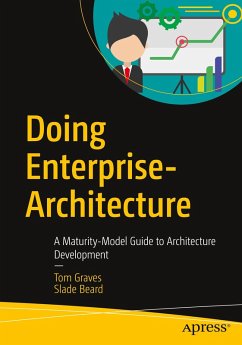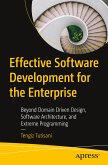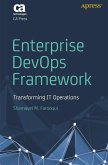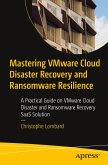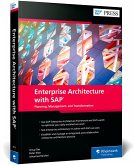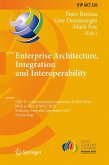Enterprise architecture is a set of business practices that connect an organization s strategy with its management of change. It is concerned with the structure and story of the enterprise, and ensuring that everything across the whole enterprise will work together in the most effective way.
Yet when doing enterprise architecture, what should we do, in what sequence, and for what business purpose? What skills and leadership do we need? What results should we expect? And how can we prove the business value of what we do? This book sets out to answer those questions and show how, with the right architecture support, every change in the organization can be a change for the better.
The book explains that to achieve this, we will need a literal architecture of the enterprise that can start anywhere and can address every aspect of the enterprise, including people, machines, IT and more. We will need architecture development methods that can work consistently and in the same way everywhere, for every type of content or context, at every scope and scale, with every timescale, and throughout every stage of the change process. We will need those methods to support not just planned change, but provide continuity over longer periods, These methods must also respond fast to unexpected opportunities, risks and large-scale challenges arising within the organization and its market, and from the real-world beyond the enterprise itself.
The book describes how to satisfy all of those needs, using a formal dependency-driven maturity-model to guide systematic step-by-step development of the organization s capabilities for enterprise architecture. The sequence of steps ensures that, at each stage of development, the architecture can be relied upon to achieve desired, effective business outcomes.
Yet when doing enterprise architecture, what should we do, in what sequence, and for what business purpose? What skills and leadership do we need? What results should we expect? And how can we prove the business value of what we do? This book sets out to answer those questions and show how, with the right architecture support, every change in the organization can be a change for the better.
The book explains that to achieve this, we will need a literal architecture of the enterprise that can start anywhere and can address every aspect of the enterprise, including people, machines, IT and more. We will need architecture development methods that can work consistently and in the same way everywhere, for every type of content or context, at every scope and scale, with every timescale, and throughout every stage of the change process. We will need those methods to support not just planned change, but provide continuity over longer periods, These methods must also respond fast to unexpected opportunities, risks and large-scale challenges arising within the organization and its market, and from the real-world beyond the enterprise itself.
The book describes how to satisfy all of those needs, using a formal dependency-driven maturity-model to guide systematic step-by-step development of the organization s capabilities for enterprise architecture. The sequence of steps ensures that, at each stage of development, the architecture can be relied upon to achieve desired, effective business outcomes.

